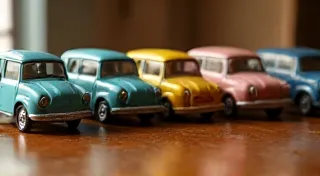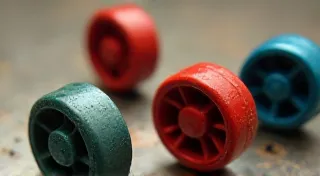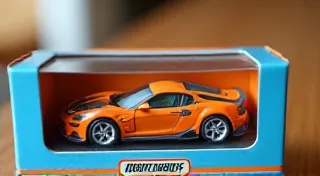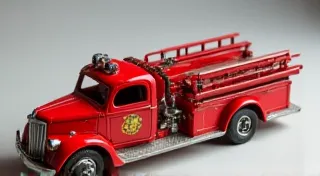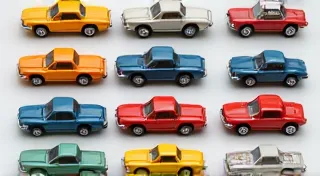Identifying and Appreciating the Scarcity of Metallic Matchbox Cars
Matchbox cars, those tiny treasures from our childhoods, hold a special place in the world of collectibles. While many are beloved, certain variations command significantly higher prices and fervent collector interest. Among these, metallic Matchbox cars stand out, often possessing a mystique and rarity that elevates them to prized possessions. This article delves into the world of metallic Matchbox cars, exploring what makes them desirable and how to identify them.
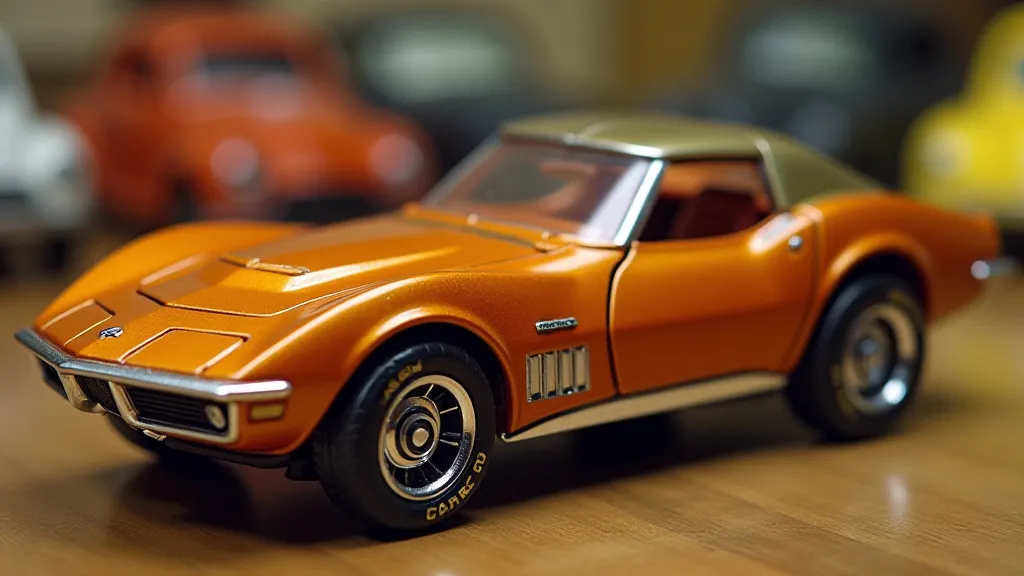
The Rise of Metallic Finishes
The introduction of metallic finishes to the Matchbox lineup wasn't a sudden event, but rather a gradual evolution. Early Matchbox models were primarily available in basic, single-color paints. However, as manufacturing techniques improved and consumer demand shifted, Lesney (the original manufacturer of Matchbox cars) began experimenting with metallic paints, initially in limited runs.
The first metallic finishes were often subtle, using flecks of metallic pigment within the paint to create a shimmering effect. These early metallic variations were often applied to popular models like the Ford Mustang, Chevrolet Corvette, and Volkswagen Beetle, instantly making them more visually appealing and desirable.
Why Metallic Matchbox Cars are Scarce
Several factors contribute to the scarcity of metallic Matchbox cars. Firstly, the production runs for metallic finishes were generally smaller than those for the standard colors. This was due to the higher cost of the metallic pigments and the limited demand initially. Secondly, many metallic versions were only produced for a short period before being discontinued, further limiting their availability.
Finally, the fragility of the metallic paint itself contributed to their scarcity. Metallic paint, while visually appealing, was often thinner and more prone to chipping and fading compared to standard paints, meaning fewer examples survived in good condition over the decades.
Identifying Metallic Matchbox Cars: Key Indicators
Identifying a metallic Matchbox car can sometimes be challenging, as the difference between a standard and metallic version can be subtle. Here are some key indicators to look for:
- Shimmering Effect: The most obvious indicator is the subtle shimmer or sparkle visible in the paint finish. This is caused by tiny metallic particles embedded within the paint.
- Color Variation: Metallic versions sometimes appear slightly darker or richer in color compared to their standard counterparts.
- Box Variations: Occasionally, a metallic car will be accompanied by a uniquely marked box indicating the metallic finish. While this isn't always the case, it's a valuable clue.
- Production Codes: Early metallic versions sometimes had slightly different production codes stamped on the base of the car. Researching these codes can help confirm authenticity.
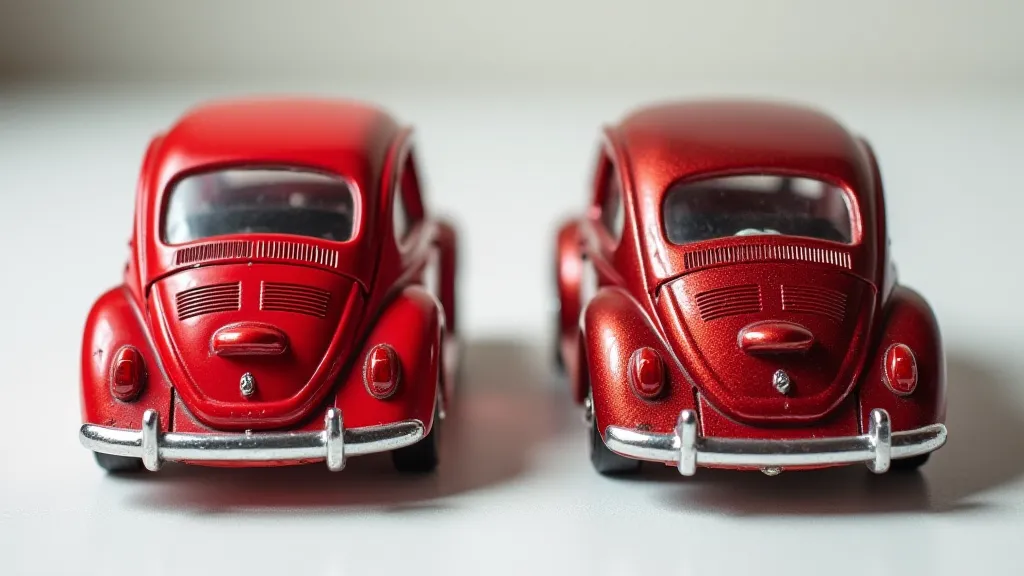
Popular Metallic Matchbox Models
Certain models are particularly sought-after in their metallic versions. Here are a few examples:
- Ford Mustang (1969): Metallic versions, particularly in colors like dark blue and bronze, are highly prized.
- Chevrolet Corvette (1969): Metallic orange and dark green versions are incredibly rare and valuable.
- Volkswagen Beetle (Various Years): Metallic bronze, dark blue, and silver Beetles are desirable.
- Porsche 911 (Various Years): Metallic bronze and dark gold versions are coveted by collectors.
Appreciating the Legacy
Collecting metallic Matchbox cars isn't just about possessing rare toys; it's about appreciating a piece of automotive history and the ingenuity of Lesney's manufacturing process. Understanding the scarcity, the manufacturing nuances, and the historical context behind these tiny treasures elevates the collecting experience and adds a deeper layer of enjoyment to the hobby.
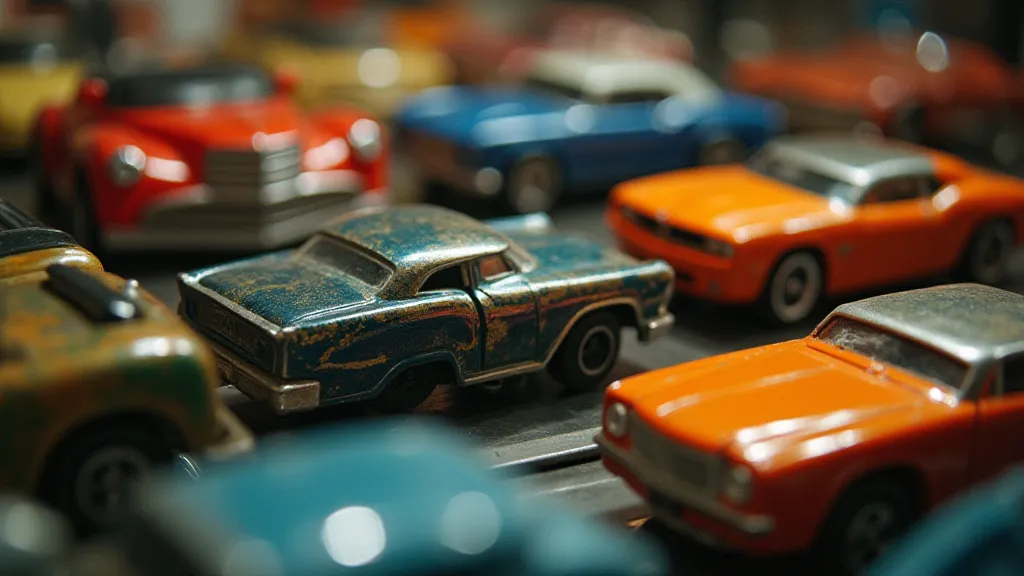
Whether you're a seasoned collector or just starting your journey, take the time to appreciate the beauty and rarity of metallic Matchbox cars. They represent a fascinating chapter in toy car history and continue to captivate collectors worldwide.
